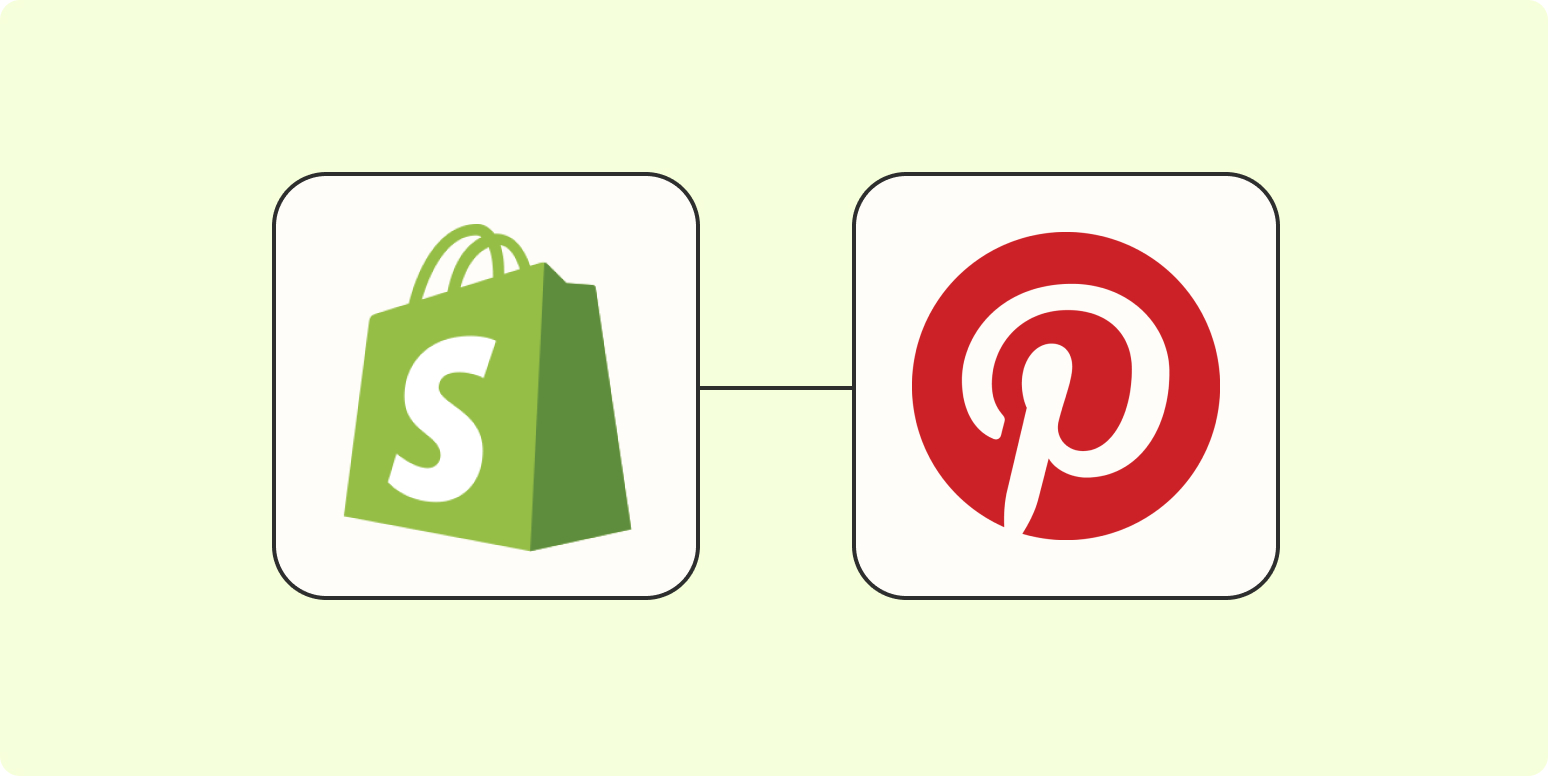Somewhere between the rush of product uploads and the never-ending chase for traffic, there’s a magical corner of eCommerce many store owners overlook — Pinterest. It’s slower, calmer, almost nostalgic compared to the chaos of social feeds that refresh every second. Yet, Pinterest quietly drives shoppers with serious buying intent, especially when visuals and discovery matter. And when you blend that universe with Shopify, something interesting happens: your store starts getting attention while you’re busy doing… well, anything else.
Most entrepreneurs jump into Pinterest thinking it works like Instagram or Facebook. But Pinterest isn’t a social network; it’s a visual search engine. The more consistently you pin, the more the algorithm warms up to you. The tricky part? No one has the time to manually create, publish, and schedule pins every single day. That’s where Pinterest automation starts making sense — not as a hack, but as a breath of fresh air for overwhelmed eCommerce owners.
I’ve seen small brands, especially handmade shops and lifestyle stores, struggle to keep up with content. They know Pinterest is a goldmine, but the effort feels like a full-time gig on its own. That’s why automation tools are becoming a kind of secret weapon. They help you schedule pins weeks ahead, repurpose product images without repeating yourself, and build that steady stream of visibility Pinterest rewards. It feels less like “marketing” and more like building a passive engine that keeps humming in the background.
When you pair Shopify with automated workflows, things get even smoother. Suddenly, your product catalogs sync in real time, and new arrivals can turn into fresh pins without you lifting a finger. That’s where pinterest automation shopify setups shine — not just in convenience, but in consistency. And consistency, ironically, is what most brands struggle with online. Automation doesn’t remove the creative process; it simply removes the repetitive parts so you can spend more time designing, improving, or honestly, even resting.
Of course, automation isn’t magic dust. You still need compelling visuals, keyword-rich descriptions, and a bit of experimentation to see what resonates. Some pins go viral quietly — you only notice weeks later when the traffic graph gently climbs. That’s the charm of Pinterest: slow momentum that suddenly becomes a wave.
If you’re thinking of trying it, start simple. Sync your Shopify catalog, choose a tool you actually enjoy using, and let it run for a few weeks. Don’t obsess over instant results. Pinterest rewards long-game players. Your best-performing pins may be created on a sleepy Wednesday afternoon and explode months later.
In a digital world obsessed with speed, Pinterest feels like that one place where patience finally pays off. And with the right automation, it becomes less of a burden and more of a reliable partner — quietly pushing your brand forward while you focus on the bigger picture.
If there’s one thing eCommerce has taught me, it’s that growth doesn’t always come from hustle. Sometimes, it comes from working smarter in the background, letting systems carry the weight while you breathe a little easier. Pinterest and Shopify, when automated thoughtfully, are a perfect example of that balance.

